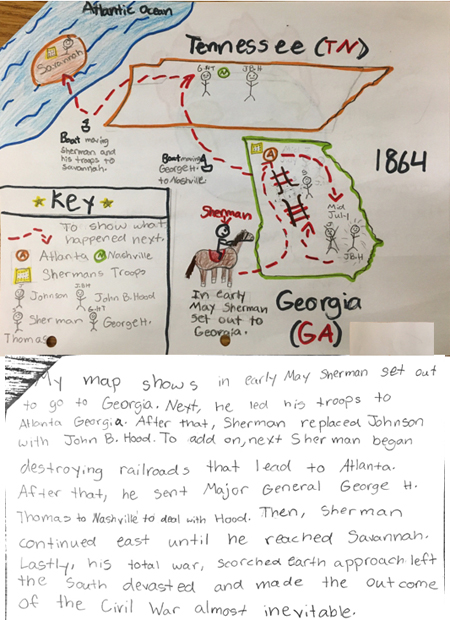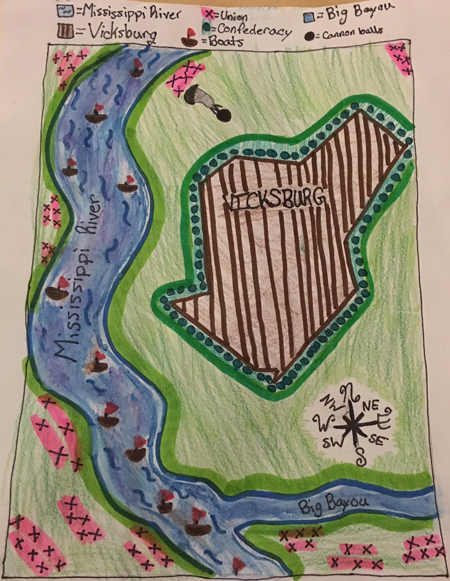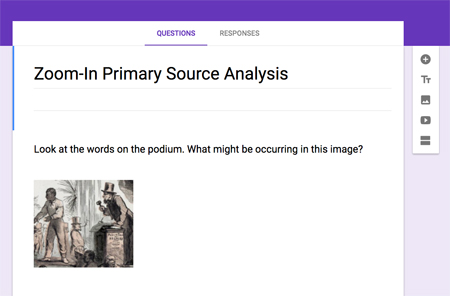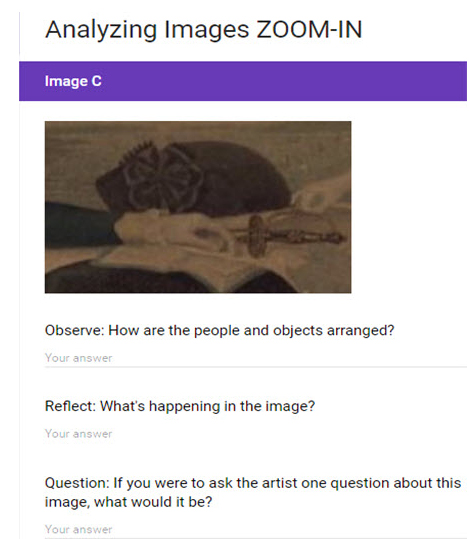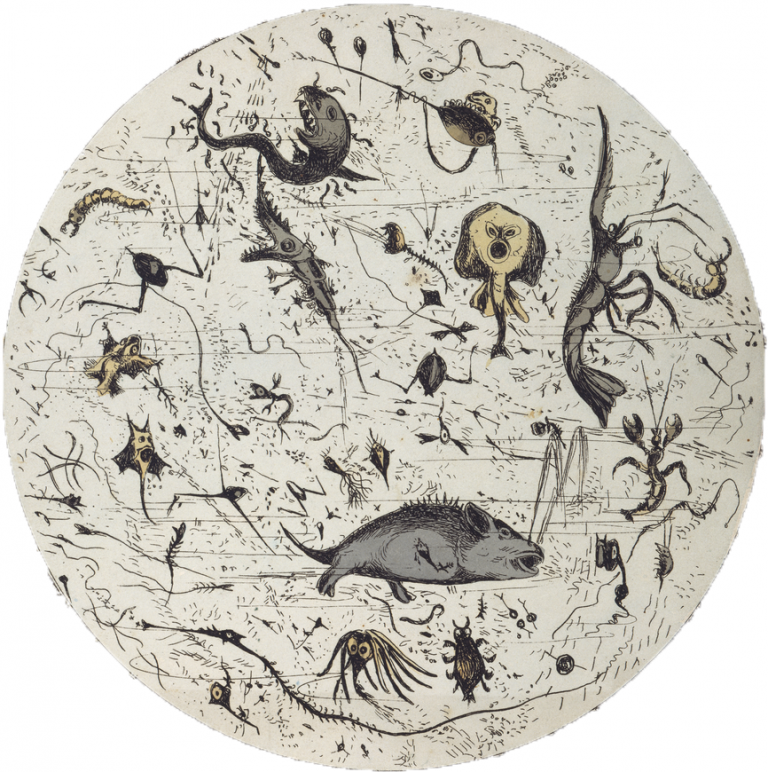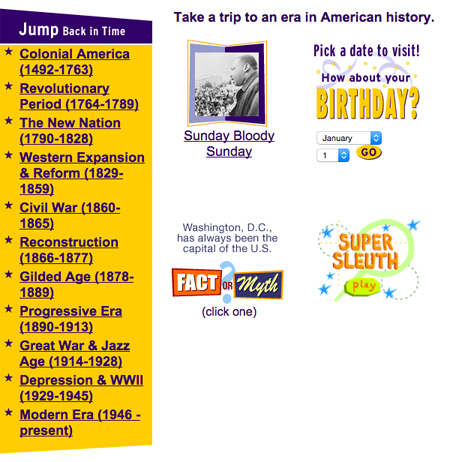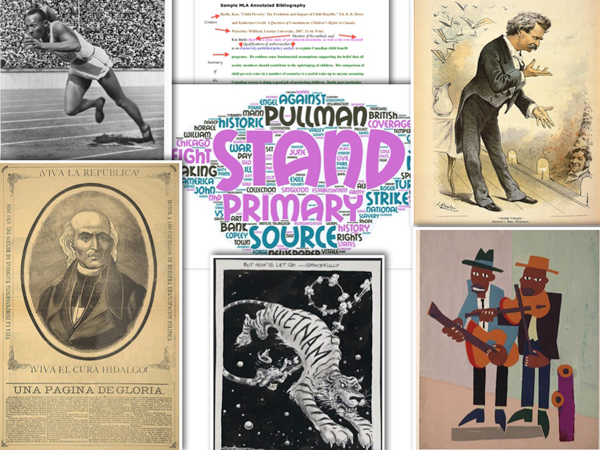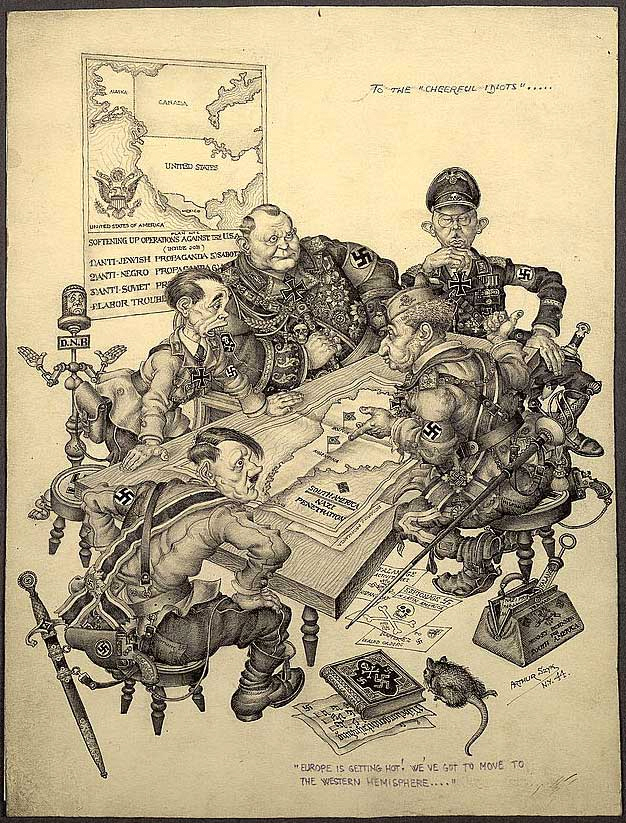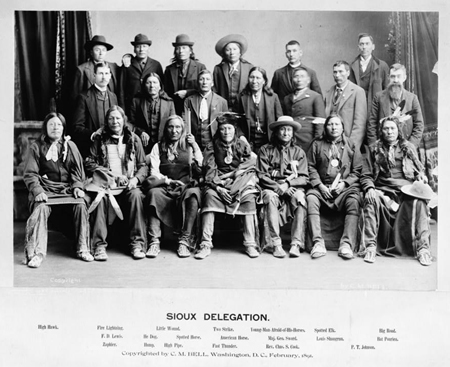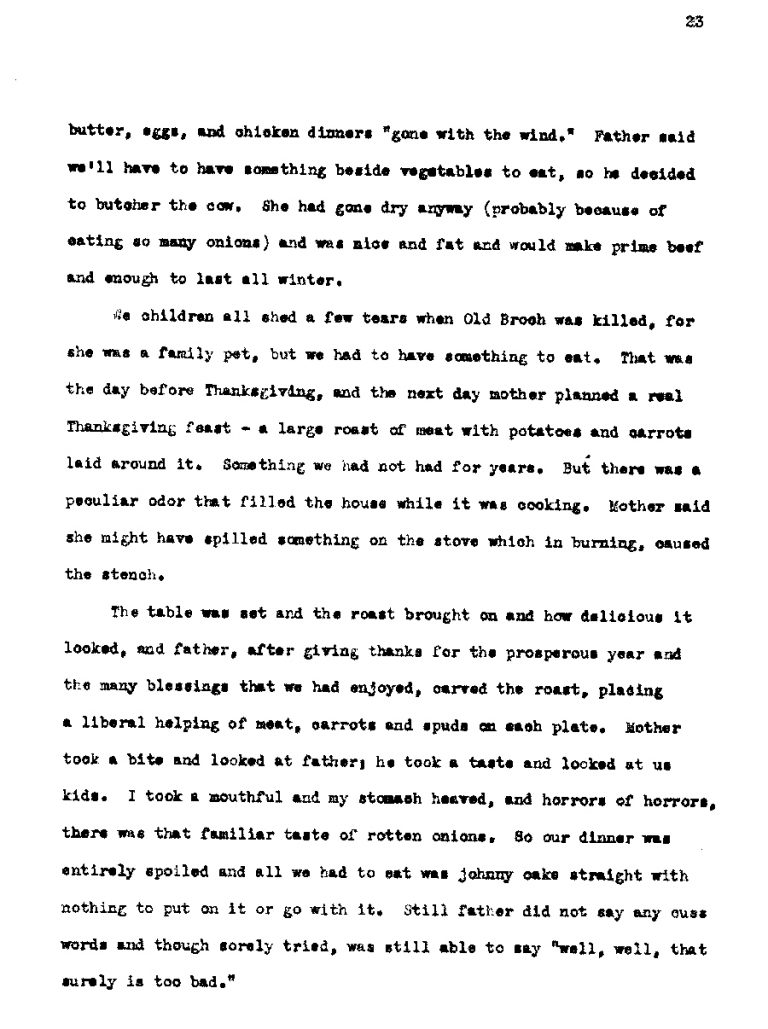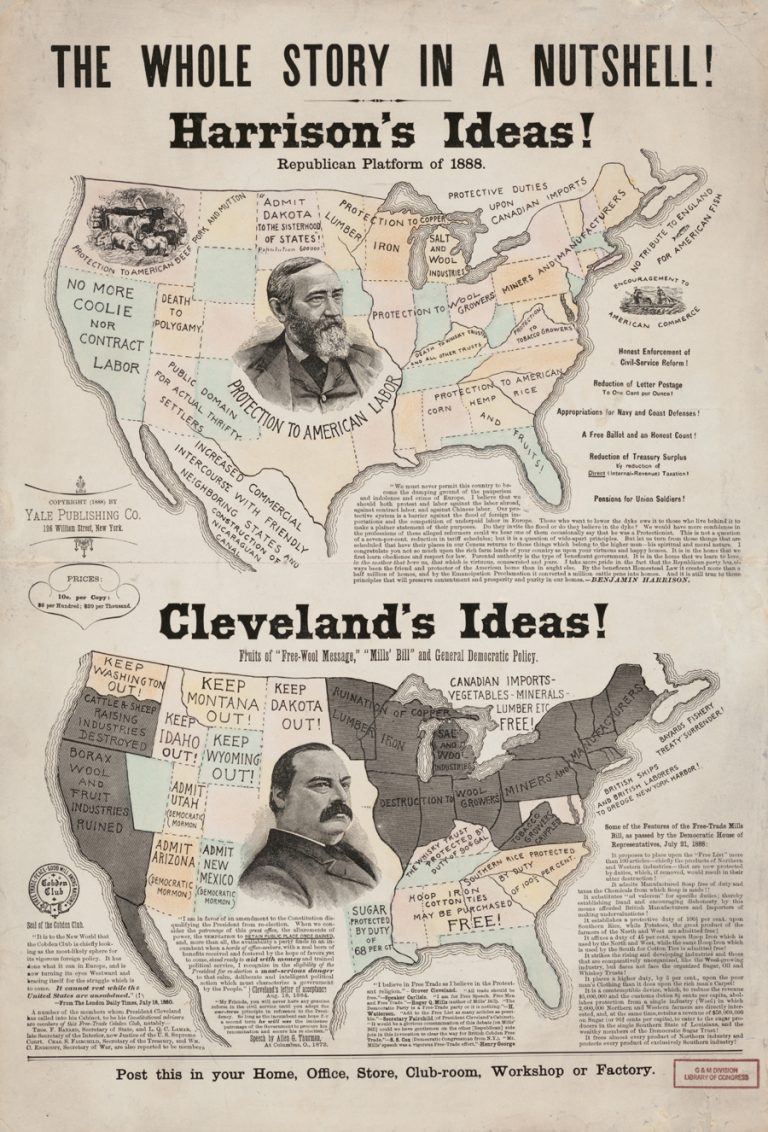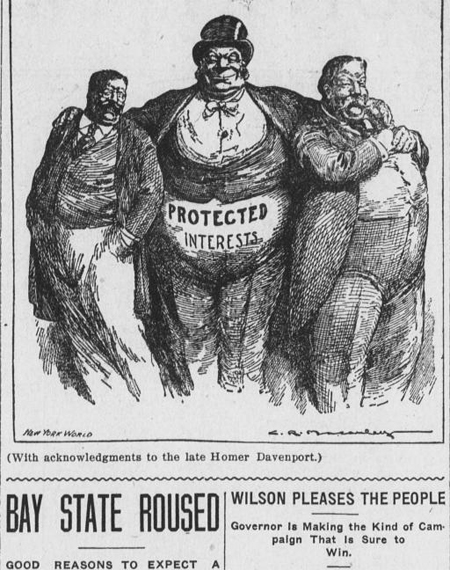Teaching Now: Integrating Literacy, History & Geography
Informed citizens have knowledge and understanding of geography and history (see the College, Career & Civic C3 Framework). This is a guest post from Nicole Woulfe, a middle school social studies teacher from New Hampshire and a Citizen U pilot lesson implementer. I created the Geography & the Civil War lesson to allow my students to grow as geographers…

